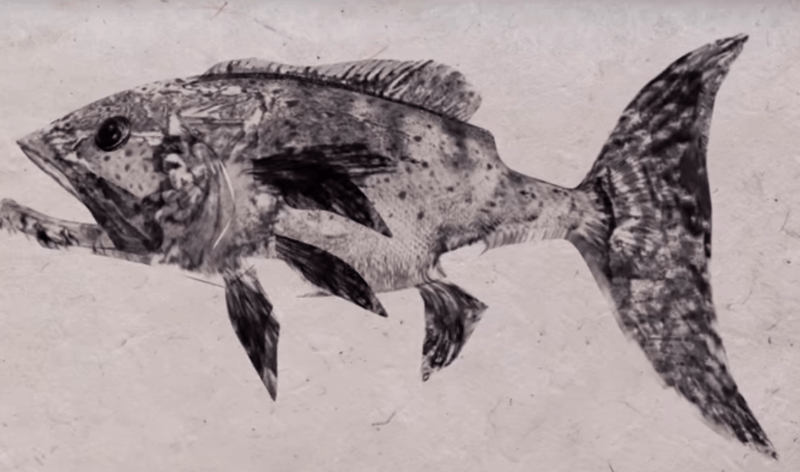Have you ever been sneered at and accused of telling tall tales when you come back from a fishing trip? If so, you’re not alone.
In fact, to prove one’s adeptness at fishing, there has been a fish recording system in Japan since the Edo period. Called gyotaku, (魚拓 — Gyo = fish, taku = impression) this fish printing method was a useful practice for fishermen who wanted to share their stories about venerated fish they had caught and released. To create the print, or rubbing, fishermen used sumi-e ink to create basic rubbings of caught fish on washi. The ink was easy to wash off and non-toxic, making it an ideal material in case someone was going to eat the fish after all.
The prints at that time were quite rudimentary, but served their purpose. Gyotaku gradually became an art form, where artists strived to capture every minute detail of their subjects on paper.
To learn more about gyotaku, watch the TED-Ed video above and check out the full lesson with worksheets here. If you’re done with fish, there’s a history of green tea video in the same vein.









